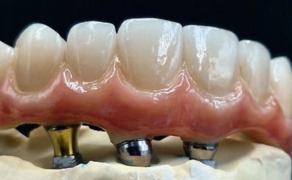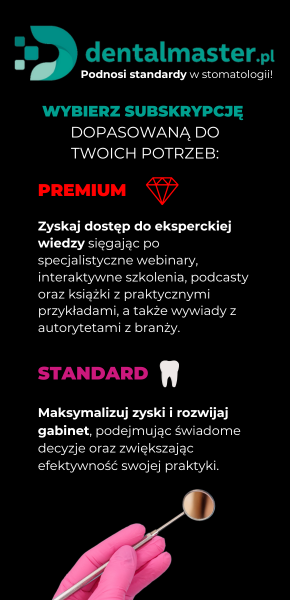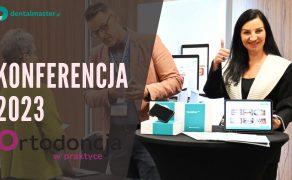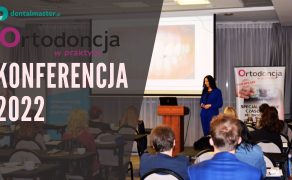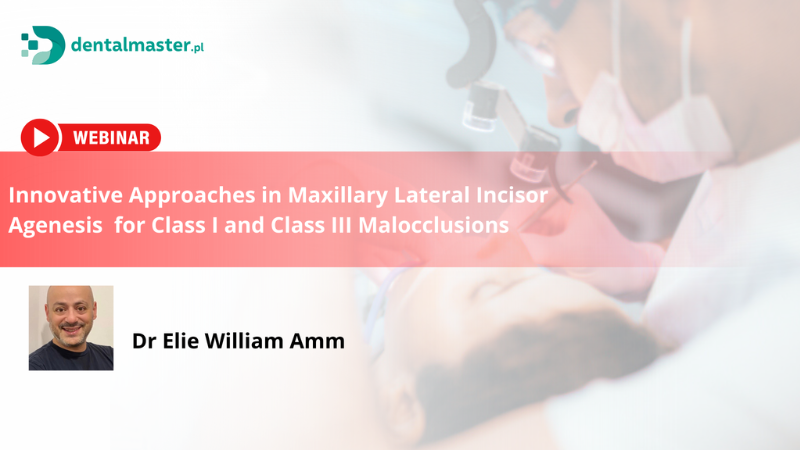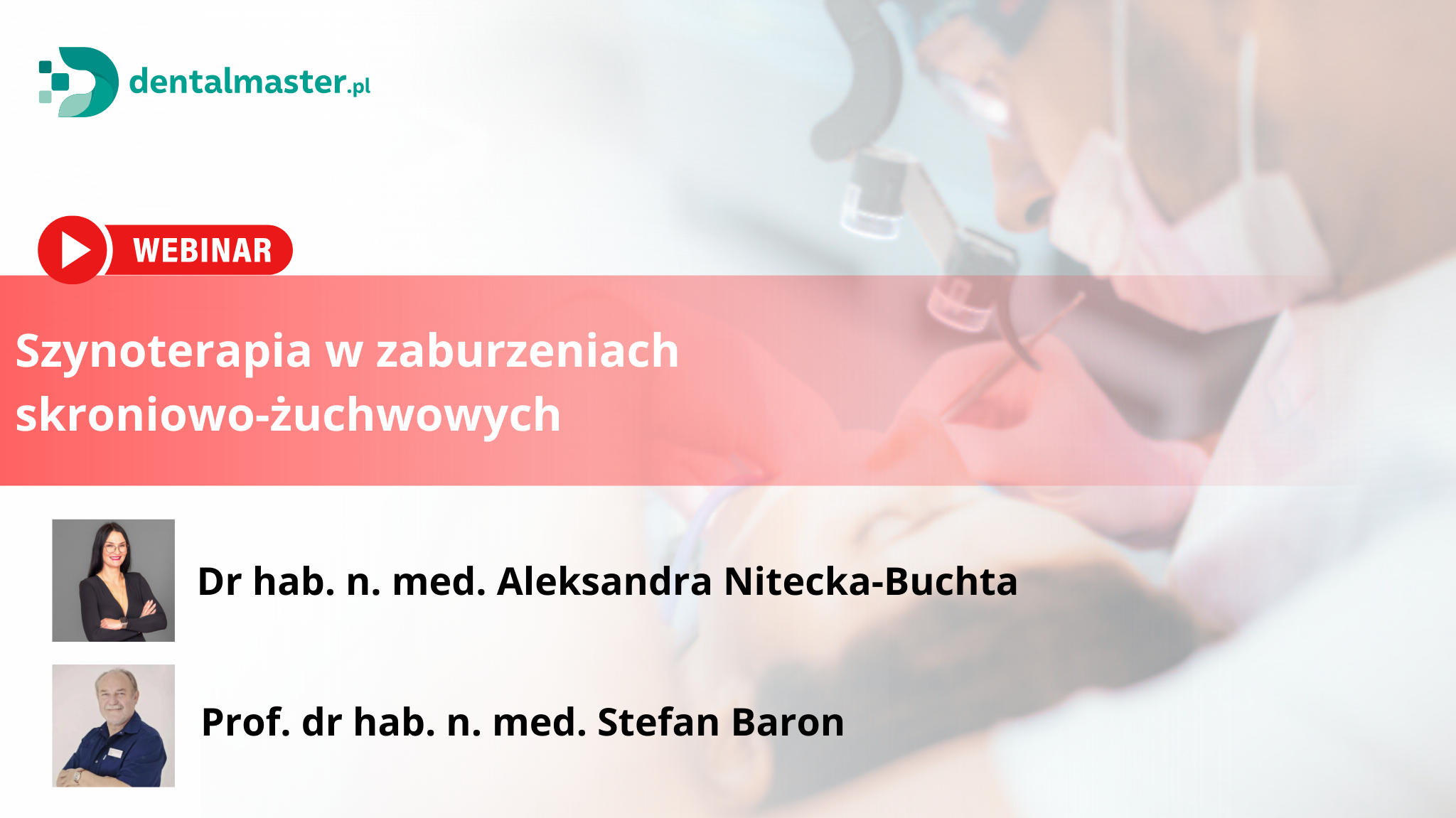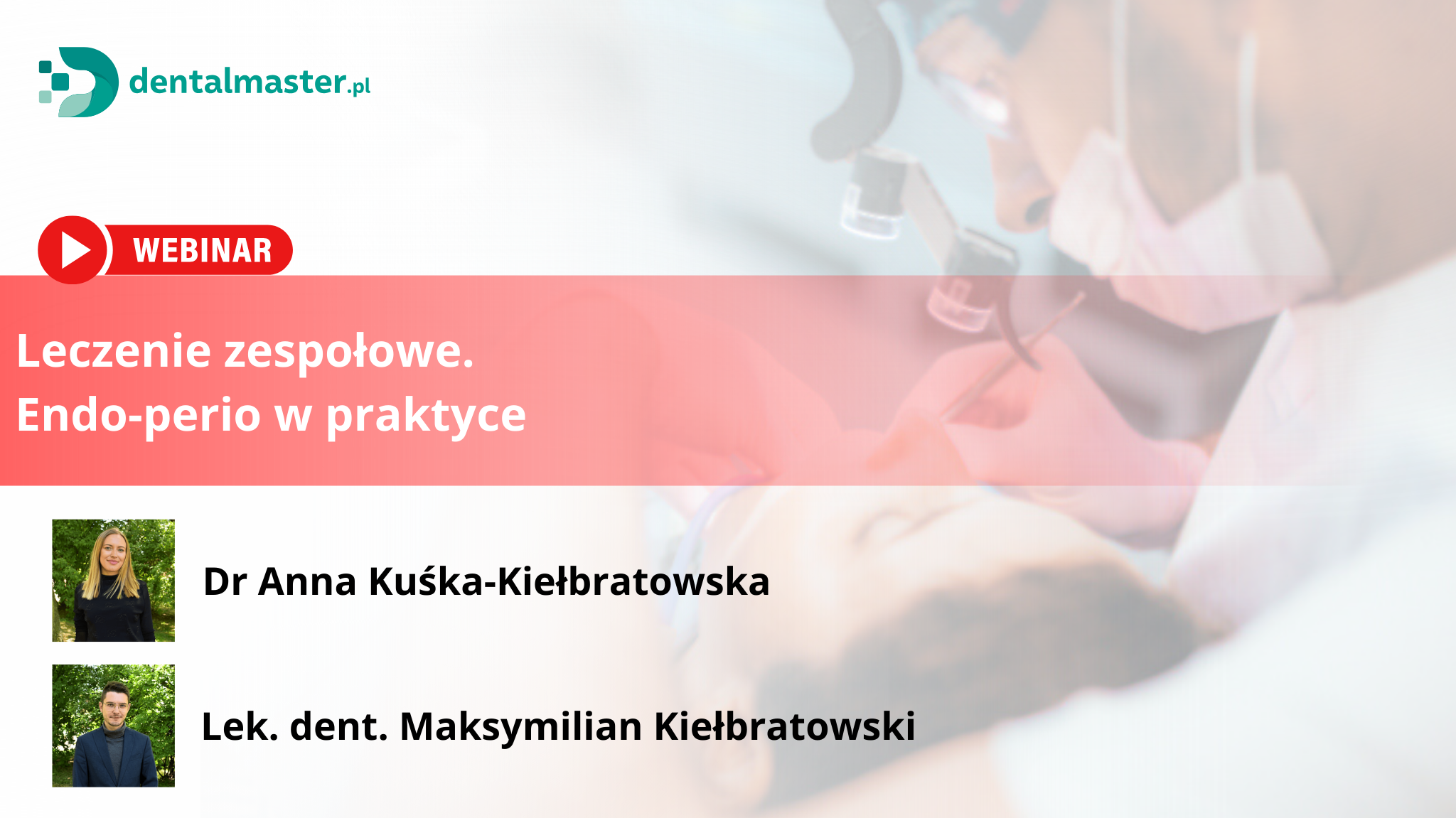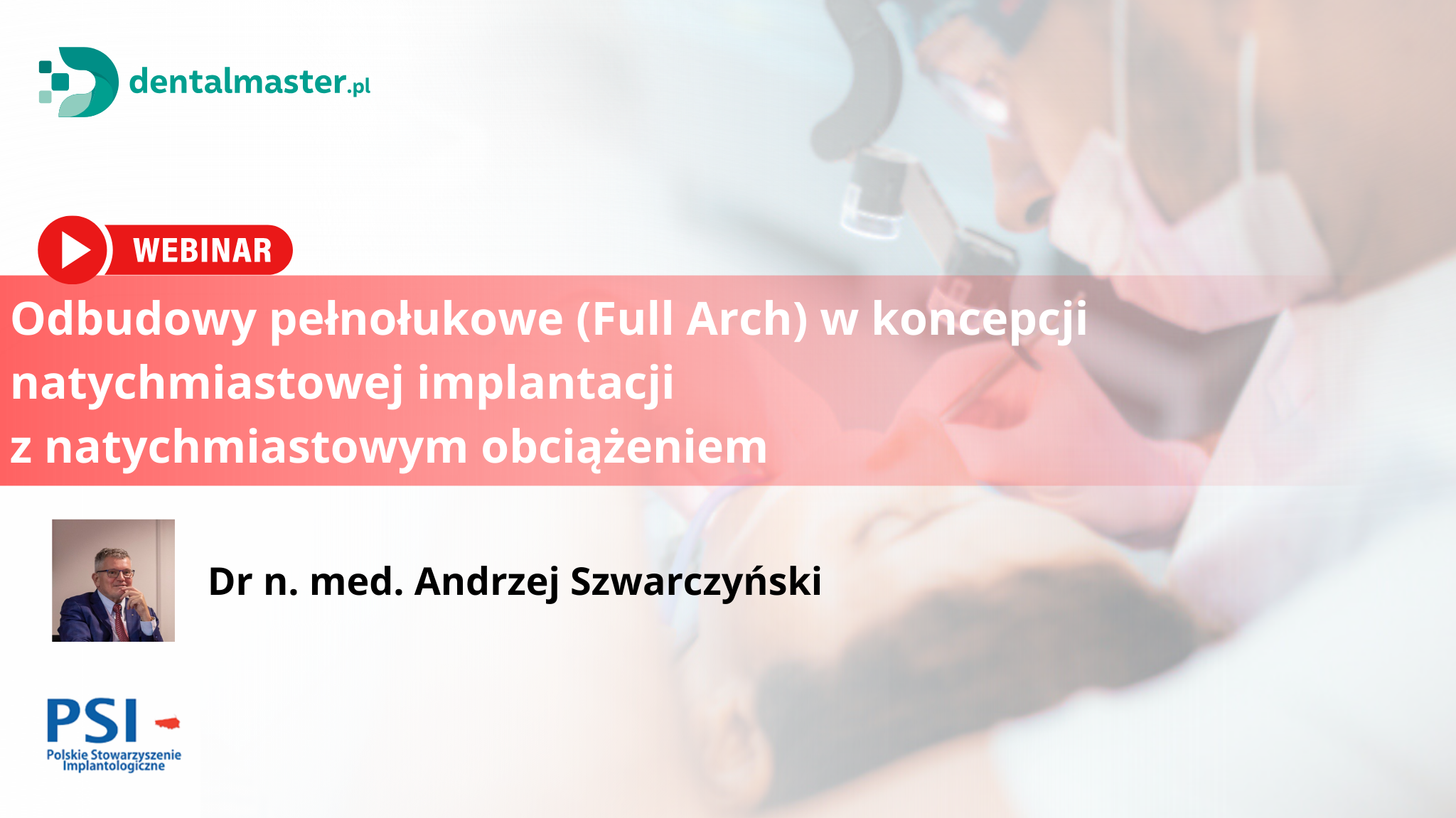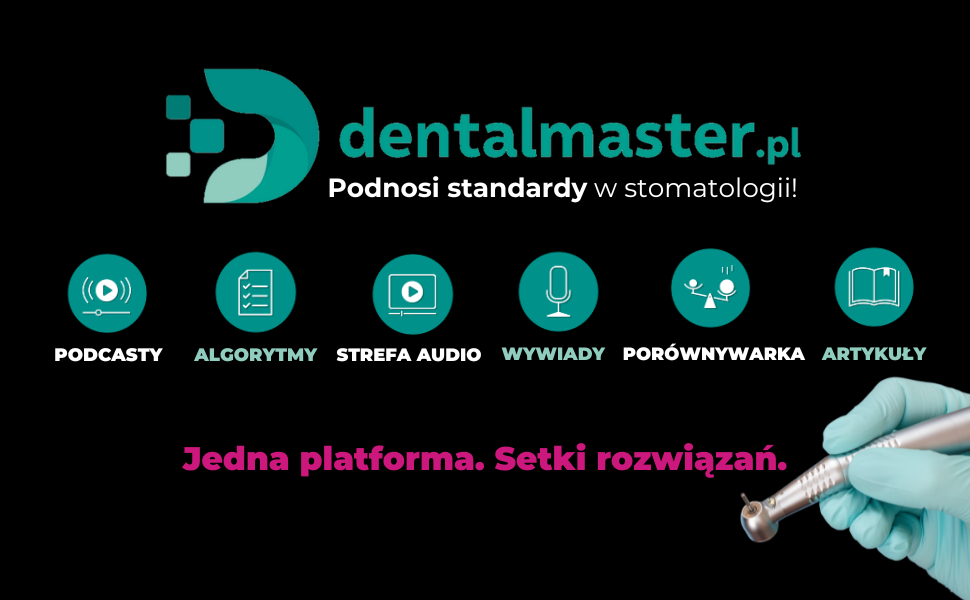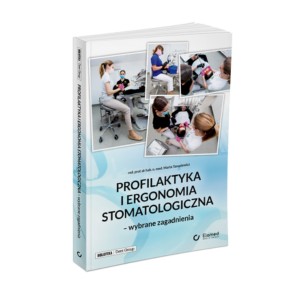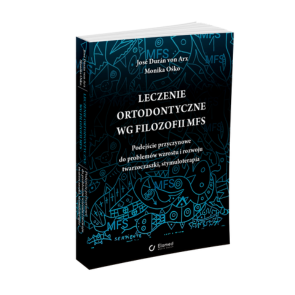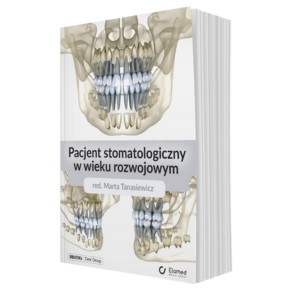Rekonstrukcja estetyczna zębów przednich z zastosowaniem licówek porcelanowych
Conclusions
Changes in smile cosmetics can be achieved by applying various kinds of prosthetic restorations prepared using direct and indirect methods, at a varying cost in the reduction of hard dental tissues. The constant technological development enables restoring aesthetics and function while observing the principles of biomimetics.
Porcelain veneers adhesively bonded to the dental tissues are an excellent alternative to classical prosthetics. The conservative nature of the preparation, where the palatal surface is free from prosthetic restoration, prevents the excessive abrasion of opposite teeth. Clinically, their use is also supported by the maximum preservation of both enamel and dentin, and the restoration with ceramic material which mimics the biomechanics of an intact tooth is indubitably a great advantage of this method (2-4). Clearly, it is also significant that dental porcelain is much less susceptible to the accumulation of biofilm compared to composites, gold, and even natural dental tissues, contributing to the good periodontal state of the restored teeth (5, 6). Moreover, according to five-year follow-up in Walls’ research, even after the glaze is abraded from the edges of the restorations, which may happen in the final stage of restoration work, the plaque index and clinical state of periodontium do not change (7). Considering the constant development of bonding systems and welding cements, one may expect increasingly better clinical outcomes of the restoration of dental crowns using porcelain adhesively bonded to enamel and dentin. [...]

którzy są subskrybentami naszego portalu.
i ciesz się dostępem do bazy merytorycznej wiedzy!



